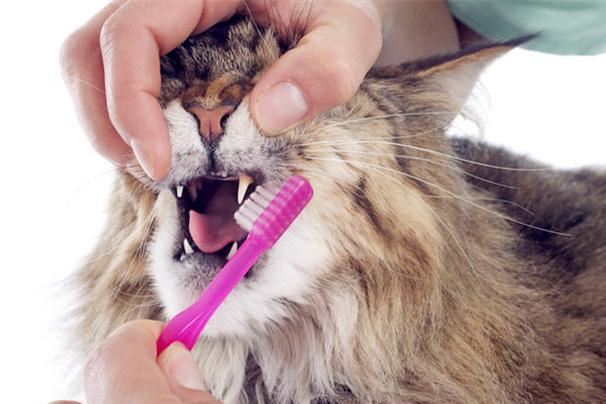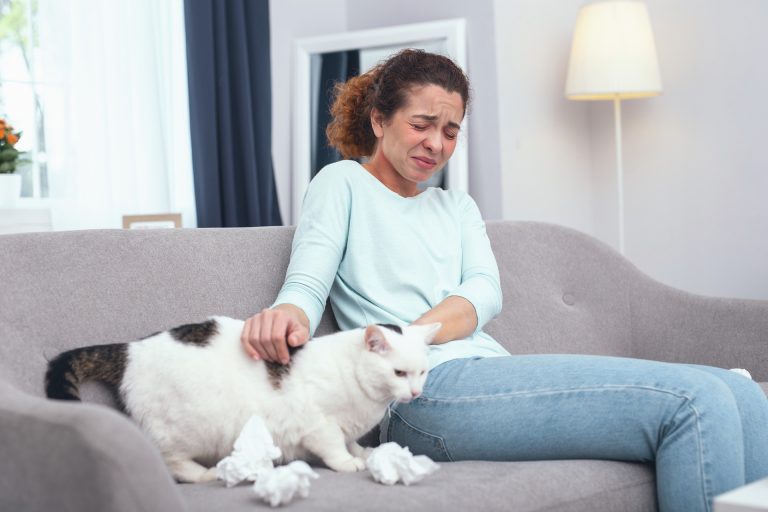Pet First Aid Essentials: Be Prepared for Emergencies
As responsible pet owners, it’s essential to be prepared for emergencies and accidents that may happen to our beloved furry companions. Just like in human first aid, knowing how to provide immediate care to your pet can make a significant difference in their recovery. In this article, we’ll explore the essential pet first aid tips and items to have on hand to ensure your pet’s safety.

1. Create a Pet First Aid Kit
Every pet owner should have a well-stocked first aid kit specifically for their pet. Some essential items to include are:
- Sterile gauze pads and bandages
- Adhesive tape
- Scissors
- Tweezers
- Digital thermometer
- Hydrogen peroxide (for wound cleaning)
- Antiseptic wipes
- Disposable gloves
- Cotton balls
- Blunt-end scissors (for cutting hair away from wounds)
- Rectal thermometer (for dogs)
- Sterile saline solution (for eye flushing)
- Emergency contact numbers, including your veterinarian and an emergency pet clinic
2. Learn Basic Pet CPR and Rescue Breathing
Knowing how to perform cardiopulmonary resuscitation (CPR) and rescue breathing can be a lifesaver in emergencies. Take a pet CPR and first aid course to learn these essential skills. It’s especially important if you have a high-risk breed or an adventurous pet.
3. Be Familiar with Common Pet Emergencies
Educate yourself about common pet emergencies, such as choking, poisoning, heatstroke, and seizures. Understanding the signs and initial steps to take in these situations can be crucial.
4. Approach Injured Pets with Caution
Injured or distressed pets may behave unpredictably due to pain or fear. Approach them slowly and gently to avoid getting injured yourself. Muzzle a pet in pain or use a soft cloth to cover their face to prevent biting while providing first aid.
5. Handle Bleeding and Wounds
If your pet is bleeding, apply gentle pressure with sterile gauze or a clean cloth to control the bleeding. Elevate the wounded area if possible, and seek immediate veterinary care.
6. Keep a Calm Demeanor
Your pet may sense your anxiety in an emergency, so try to remain as calm as possible. Speak to them in a soothing voice to reassure them while providing first aid.
7. Transport Safely
If your pet requires professional medical attention, transport them safely. Use a pet carrier or a blanket to immobilize them and prevent further injury during transportation.
8. Consult a Veterinarian
Always consult your veterinarian or an emergency pet clinic after providing initial first aid. They can provide further guidance and treatment.
Conclusion
Pet first aid knowledge is a valuable skill that every pet owner should possess. By being prepared for emergencies and having the right supplies and knowledge on hand, you can provide immediate care and potentially save your pet’s life in critical situations.
Remember that while pet first aid can be crucial, it is not a substitute for professional veterinary care. Always consult your veterinarian when your pet experiences an emergency or injury. Your quick thinking and actions can make a significant difference in your furry friend’s well-being.
Ensure that your pet’s first aid kit is always up-to-date, and consider taking a pet first aid course to enhance your skills further. Being prepared and informed is the best way to ensure your pet’s safety and health.






